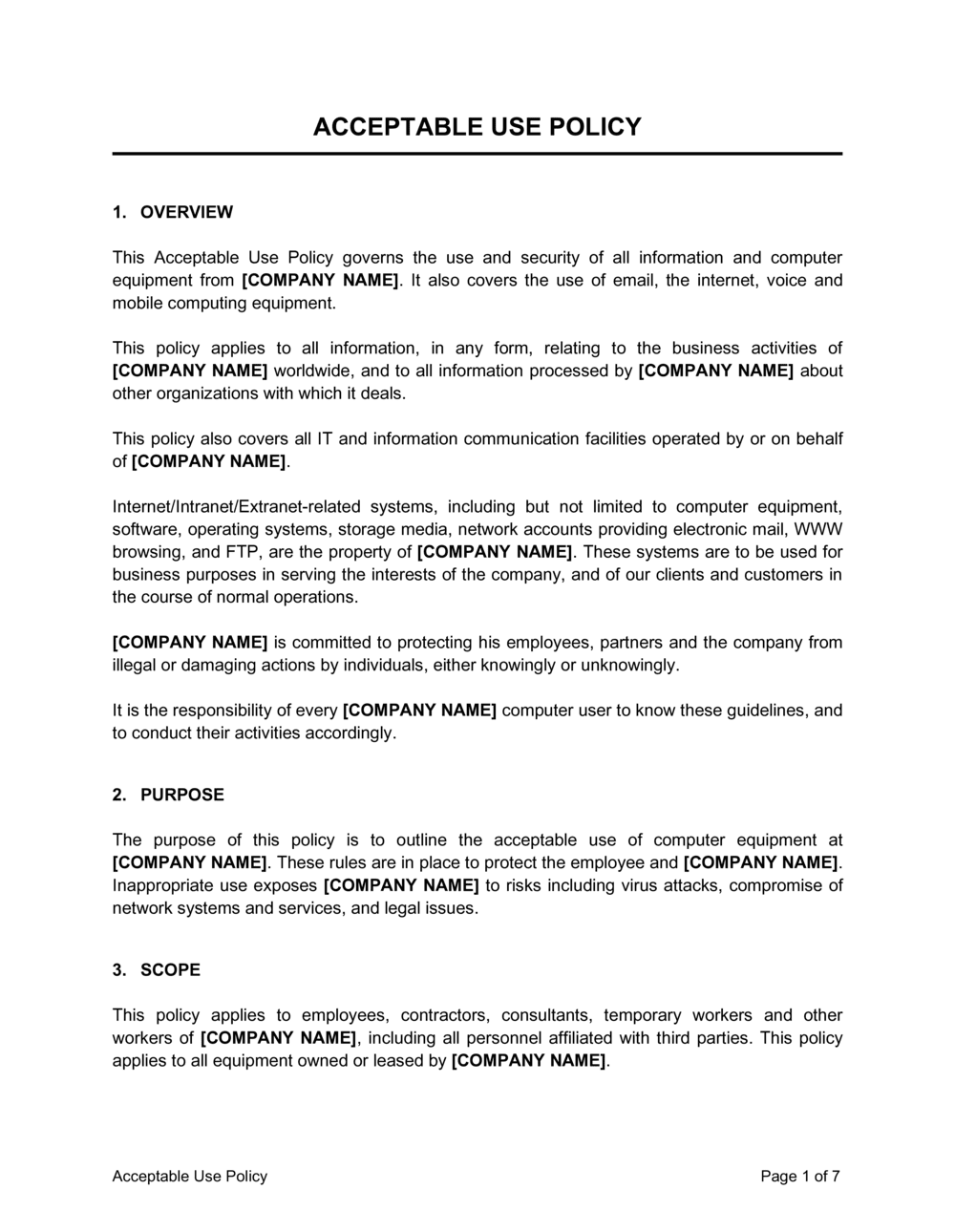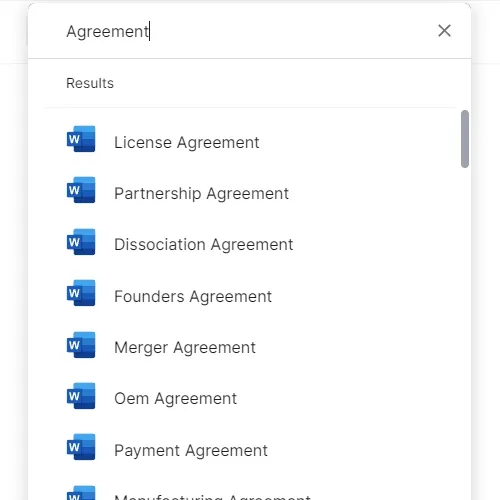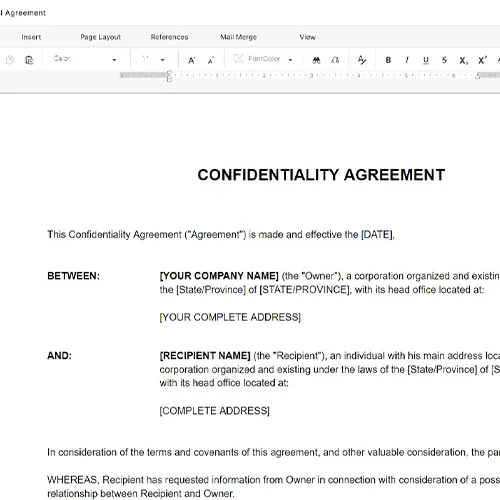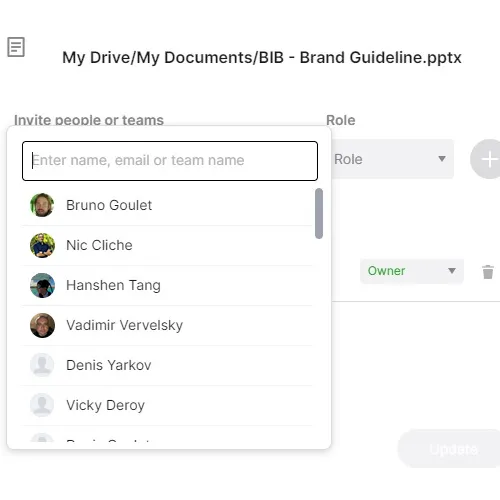Acceptable Use Policy Template

Acceptable Use Policy: Navigating the Boundaries of Company Resources
In the contemporary realm of business operations, the delineation of acceptable practices for utilizing company resources is paramount. An Acceptable Use Policy (AUP) serves as a navigational chart for employees, clearly defining the permissible boundaries while using company-owned systems, software, and networks. It is crafted to maintain the integrity of the company’s technological assets and to foster a responsible corporate environment.
The AUP is a comprehensive set of rules that are established to ensure that all employees understand and agree to use company resources solely for professional purposes and in a manner that is ethical, lawful, and aligned with company values. It is not just a set of prohibitions, but also an educational guide that provides clarity and context for why certain uses of technology are deemed inappropriate or unauthorized within the company.
What is an Acceptable Use Policy Template?
An Acceptable Use Policy template serves as the scaffolding for building a tailored set of guidelines specific to the nature and needs of the organization. It often includes the acceptable and prohibited uses of the company’s IT infrastructure, email systems, internet connections, and other technological resources. This template is crucial for establishing a universal understanding among the workforce and ensuring compliance with legal and ethical standards.
Key Components of an Acceptable Use Policy
An effective AUP should encompass several key elements:
- Purpose and Scope - Explanation of the AUP’s objectives and the resources it covers.
- Acceptable Use - Detailed description of what constitutes acceptable use of company resources.
- Prohibited Use - Clear definitions of unacceptable and prohibited actions and behaviors.
- System Security - Guidelines for maintaining the integrity and security of the company’s systems.
- Violations and Sanctions - Outline of the consequences for violating the AUP, including potential disciplinary actions.
- Acknowledgment of Understanding - A section where employees affirm that they have read, understand, and agree to adhere to the policy.
Supporting Documents for Implementing an Acceptable Use Policy
Instituting an AUP can be fortified by integrating related documents:
- Employee Handbook - Provides a broader context for company policies and expectations.
- IT Security Policy - Offers detailed information on safeguarding data and technology.
- Incident Response Plan - Outlines procedures for handling security breaches or policy violations.
- Cybersecurity Policy - Instructs on secure technology use, complementing the Acceptable Use Policy by detailing protective measures and behaviors.
Why Utilize a Comprehensive Template for an Acceptable Use Policy?
Opting to utilize a professionally crafted template for your AUP presents several advantages:
- Thorough Guidance - Assures that the policy encompasses all necessary areas of concern and reflects the latest best practices and legal requirements.
- Customization - Facilitates adaptation to the specific needs and risks associated with the company’s operations.
- Consistency - Promotes a standardized approach to policy implementation and enforcement.
- Resource Optimization - Saves time and resources in policy development, allowing the company to focus on its core business activities.
Embracing a well-structured Acceptable Use Policy is instrumental in guiding employee behavior regarding the use of company resources. It not only delineates clear expectations but also safeguards the organization against misuse and the potential fallout of such actions. By employing a robust AUP, businesses effectively communicate the seriousness with which they regard the security and proper use of their technological assets, underscoring a culture of responsibility and vigilance.
Updated in April 2024
3,000+ Templates & Tools to Help You Start, Run & Grow Your Business

Acceptable Use Policy: Navigating the Boundaries of Company Resources
In the contemporary realm of business operations, the delineation of acceptable practices for utilizing company resources is paramount. An Acceptable Use Policy (AUP) serves as a navigational chart for employees, clearly defining the permissible boundaries while using company-owned systems, software, and networks. It is crafted to maintain the integrity of the company’s technological assets and to foster a responsible corporate environment.
The AUP is a comprehensive set of rules that are established to ensure that all employees understand and agree to use company resources solely for professional purposes and in a manner that is ethical, lawful, and aligned with company values. It is not just a set of prohibitions, but also an educational guide that provides clarity and context for why certain uses of technology are deemed inappropriate or unauthorized within the company.
What is an Acceptable Use Policy Template?
An Acceptable Use Policy template serves as the scaffolding for building a tailored set of guidelines specific to the nature and needs of the organization. It often includes the acceptable and prohibited uses of the company’s IT infrastructure, email systems, internet connections, and other technological resources. This template is crucial for establishing a universal understanding among the workforce and ensuring compliance with legal and ethical standards.
Key Components of an Acceptable Use Policy
An effective AUP should encompass several key elements:
- Purpose and Scope - Explanation of the AUP’s objectives and the resources it covers.
- Acceptable Use - Detailed description of what constitutes acceptable use of company resources.
- Prohibited Use - Clear definitions of unacceptable and prohibited actions and behaviors.
- System Security - Guidelines for maintaining the integrity and security of the company’s systems.
- Violations and Sanctions - Outline of the consequences for violating the AUP, including potential disciplinary actions.
- Acknowledgment of Understanding - A section where employees affirm that they have read, understand, and agree to adhere to the policy.
Supporting Documents for Implementing an Acceptable Use Policy
Instituting an AUP can be fortified by integrating related documents:
- Employee Handbook - Provides a broader context for company policies and expectations.
- IT Security Policy - Offers detailed information on safeguarding data and technology.
- Incident Response Plan - Outlines procedures for handling security breaches or policy violations.
- Cybersecurity Policy - Instructs on secure technology use, complementing the Acceptable Use Policy by detailing protective measures and behaviors.
Why Utilize a Comprehensive Template for an Acceptable Use Policy?
Opting to utilize a professionally crafted template for your AUP presents several advantages:
- Thorough Guidance - Assures that the policy encompasses all necessary areas of concern and reflects the latest best practices and legal requirements.
- Customization - Facilitates adaptation to the specific needs and risks associated with the company’s operations.
- Consistency - Promotes a standardized approach to policy implementation and enforcement.
- Resource Optimization - Saves time and resources in policy development, allowing the company to focus on its core business activities.
Embracing a well-structured Acceptable Use Policy is instrumental in guiding employee behavior regarding the use of company resources. It not only delineates clear expectations but also safeguards the organization against misuse and the potential fallout of such actions. By employing a robust AUP, businesses effectively communicate the seriousness with which they regard the security and proper use of their technological assets, underscoring a culture of responsibility and vigilance.
Updated in April 2024
Easily Create Any Business Document You Need in Minutes.

Access over 3,000+ business and legal templates for any business task, project or initiative.

Customize your ready-made business document template and save it in the cloud.

Share your files and folders with your team. Create a space of seamless collaboration.
Templates and Tools to Manage Every Aspect of Your Business.
Business in a Box Covers Every Business Department
Includes 16 Types of Business Documents You Need
and Achieve Your Business Goals Faster.
